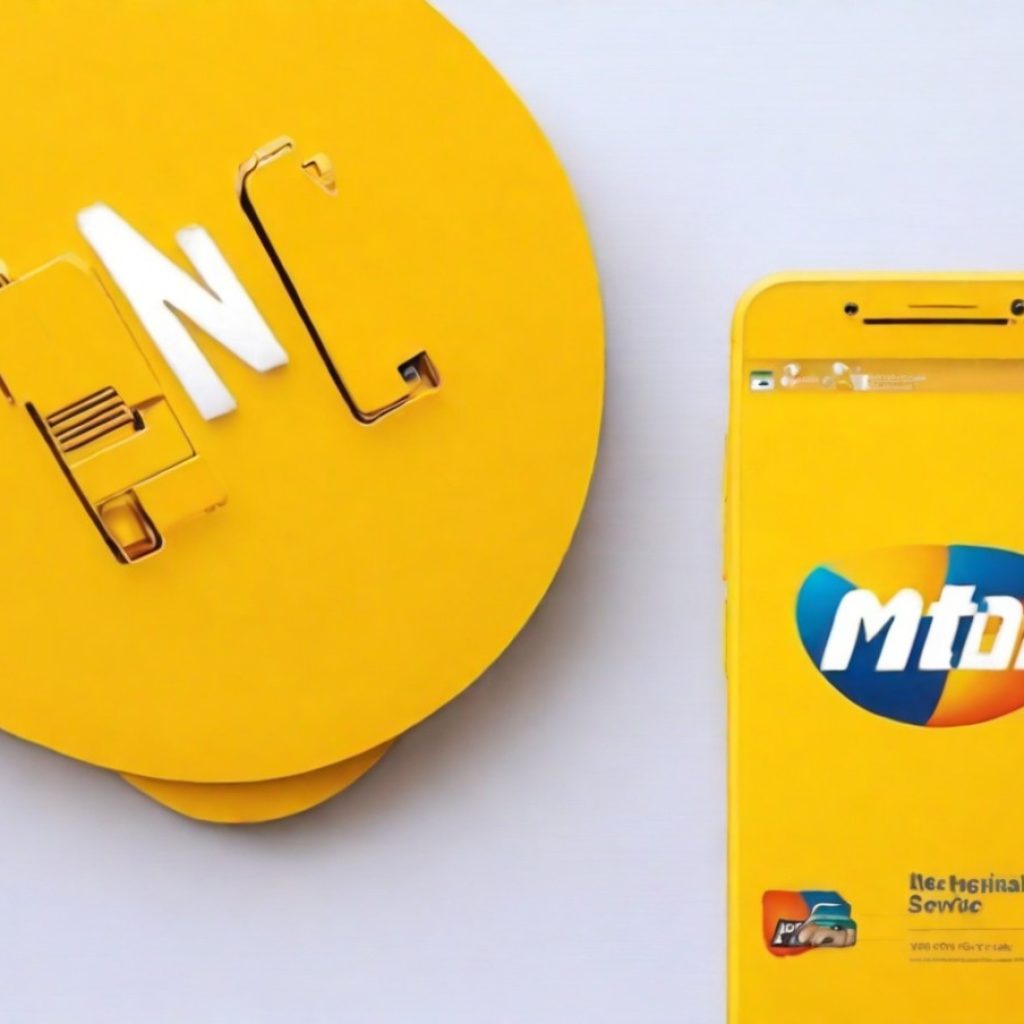In the ever-evolving landscape of education, artificial intelligence (AI) is becoming increasingly prevalent in university classrooms. While some professors embrace AI as a valuable tool for research projects, others are more cautious. Ajay Parasram, a professor at Dalhousie University in Halifax, falls into the latter category. He recently implemented a policy in his classes prohibiting students from using AI, particularly large-language models like ChatGPT, for their research endeavors.
Parasram’s concerns
Parasram, who teaches history and international development studies, raises concerns about using AI in the academic setting. He points out that while AI can streamline the research and discovery process, it may also have downsides. One of his primary concerns is the potential bias in AI algorithms, which can lead to limited search results biased towards peer-reviewed articles and top-tier journals that reinforce specific intellectual perspectives. Parasram argues that true learning often occurs when students explore unexpected information and nuances, which AI might filter out.
He believes relying solely on AI tools could deprive students of the joy and excitement of serendipitous discoveries and critical thinking. Parasram’s policy encourages students to take control of their learning and not solely depend on technology.
AI as a tool: Ontario Tech University’s approach
In contrast to Parasram’s stance, Sharon Lauricella, a professor of communication and digital media studies at Ontario Tech University, encourages her students to embrace AI tools, including large-language models, in her classes. She sees AI as a valuable resource that students should be adept at using.
Lauricella likens AI tools to instruments and emphasizes teaching students how to use them effectively and safely. She acknowledges that AI models like ChatGPT may have limitations, such as outdated or incorrect information. However, she believes that students can learn to critically evaluate the information provided by AI and develop strategies to work around these limitations. Additionally, Lauricella highlights the utility of AI in summarizing information, aiding idea formation, and checking grammar in assignments, referring to these as the “bookends” of a research project.
Balancing technology and critical thinking
The debate over the role of AI in university classes highlights the ongoing tension between embracing technology and nurturing critical thinking skills. Professors like Ajay Parasram are cautious about the potential drawbacks of overreliance on AI. In contrast, others like Sharon Lauricella see AI as a valuable tool when used judiciously and with proper guidance. Finding the right balance between harnessing the power of AI and fostering critical thinking remains a central challenge in modern education.





